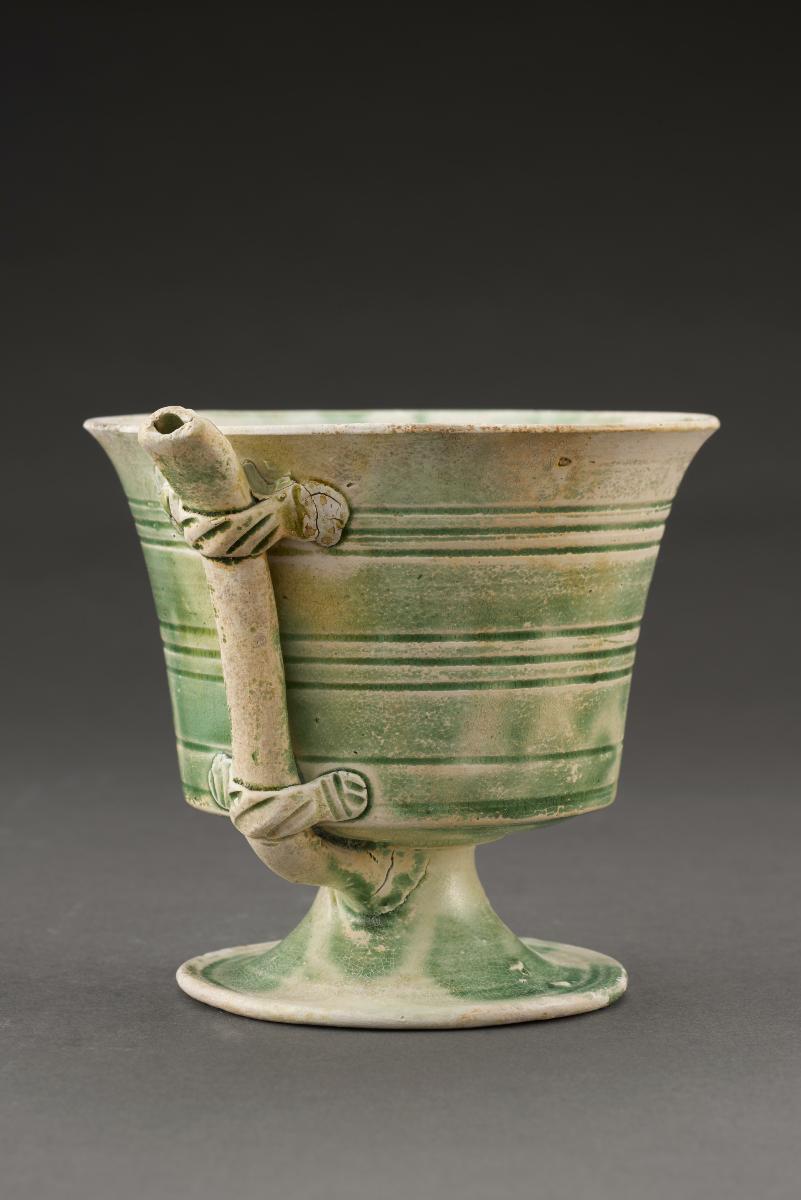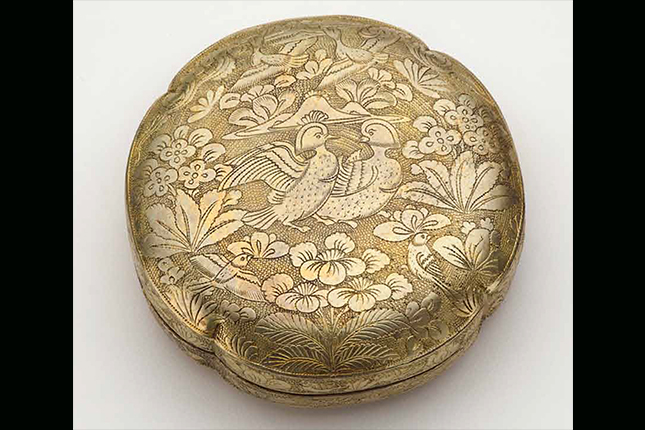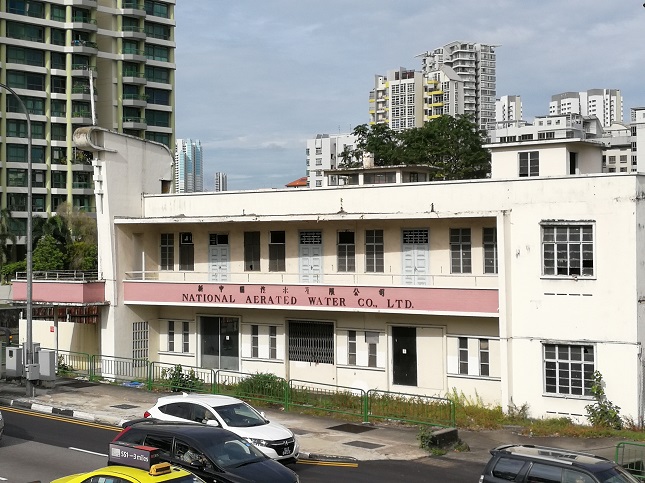White ceramics splashed with green such as this stem cup recovered from the Tang Shipwreck were produced in Chinese kilns. Several colours could be used for this technique, but green examples appealed specially to the Islamic Middle East. Similar wares have been found throughout the Abbasid Empire, for example, at Samarra, Siraf, and Nishapur. Chinese green-splashed wares were widely imitated in the Middle East, but artists there created their own distinct variations, often adding inscriptions. Most Chinese green-splashed wares were made in the Gongxian kilns in Henan province. They may have been developed as an alternative product because the Gongxian white wares could not match the quality of white ceramics made by other kilns. This stem cup has a tube attached to the side that connects to a hole at the base. A fish figure conceals the hole. The tube works like a straw, and it is possible that these are “nose-drinking cups” (鼻饮杯). The Song-dynasty poet Fan Chengda范成大said that “drinking wine through the nose was a pleasurable experience” (云水自鼻入咽,快不可言).The Tang Shipwreck was a 9th century vessel that was en route from China back to the Middle East when it sank off the coast of Belitung Island in the Java Sea.


















